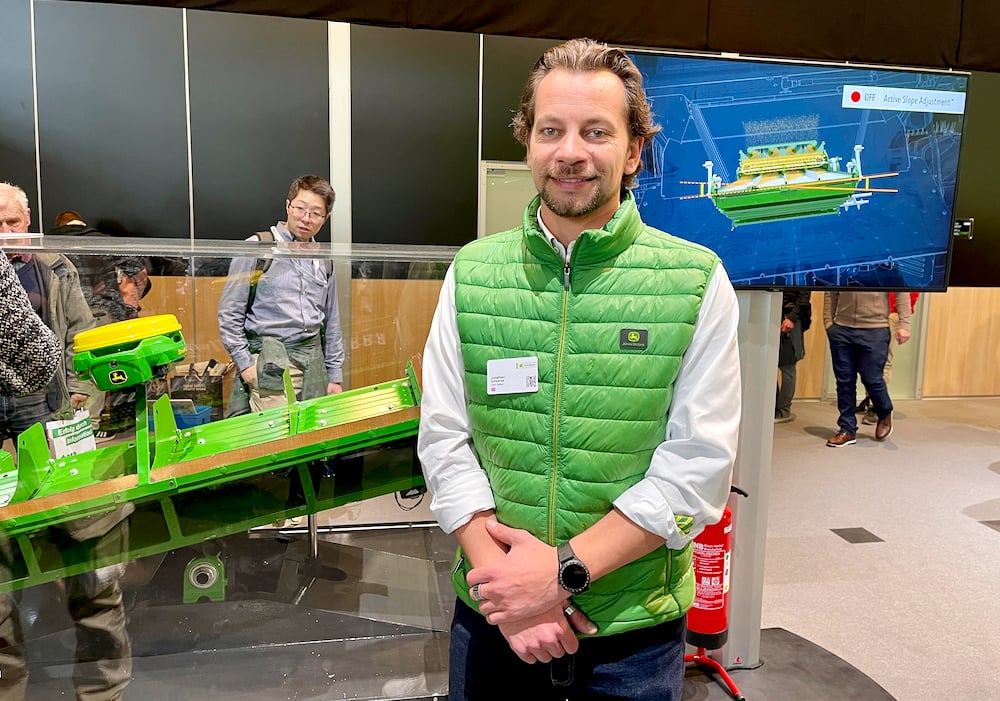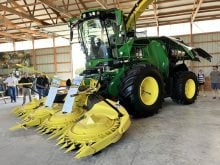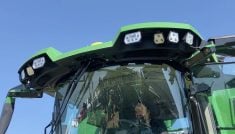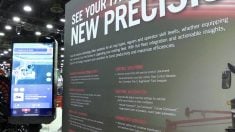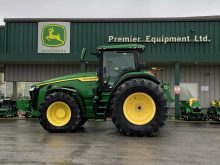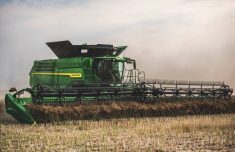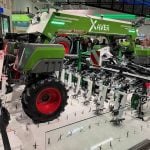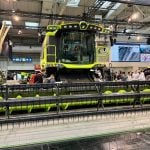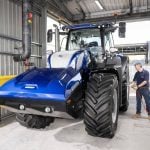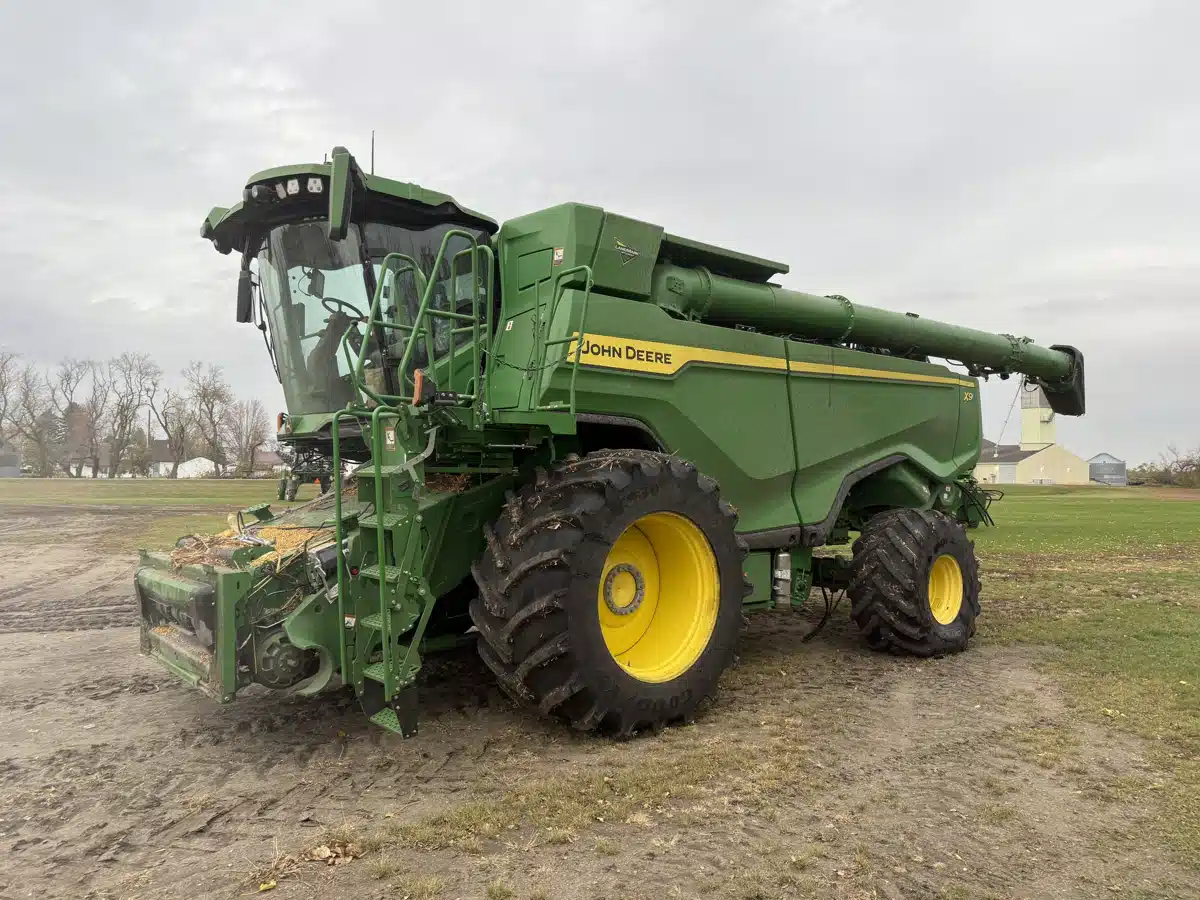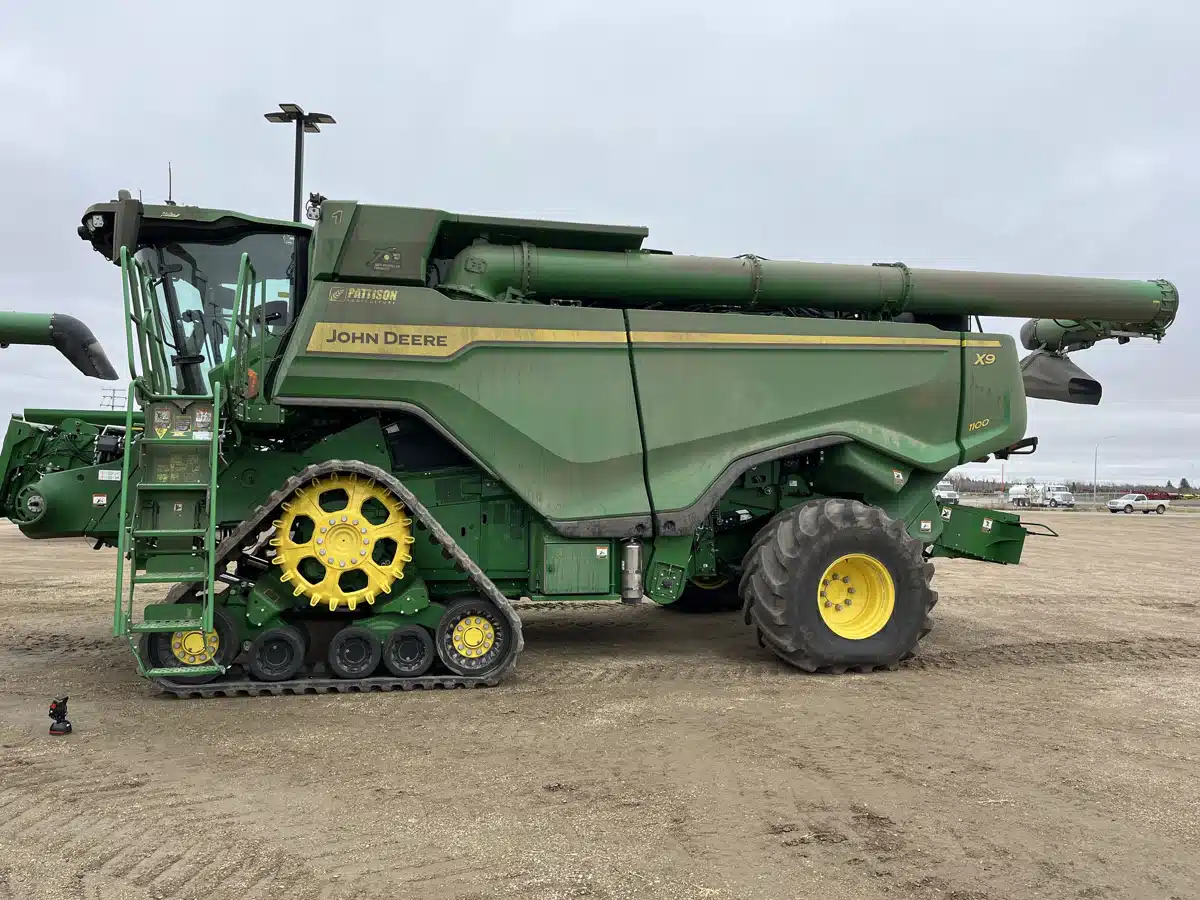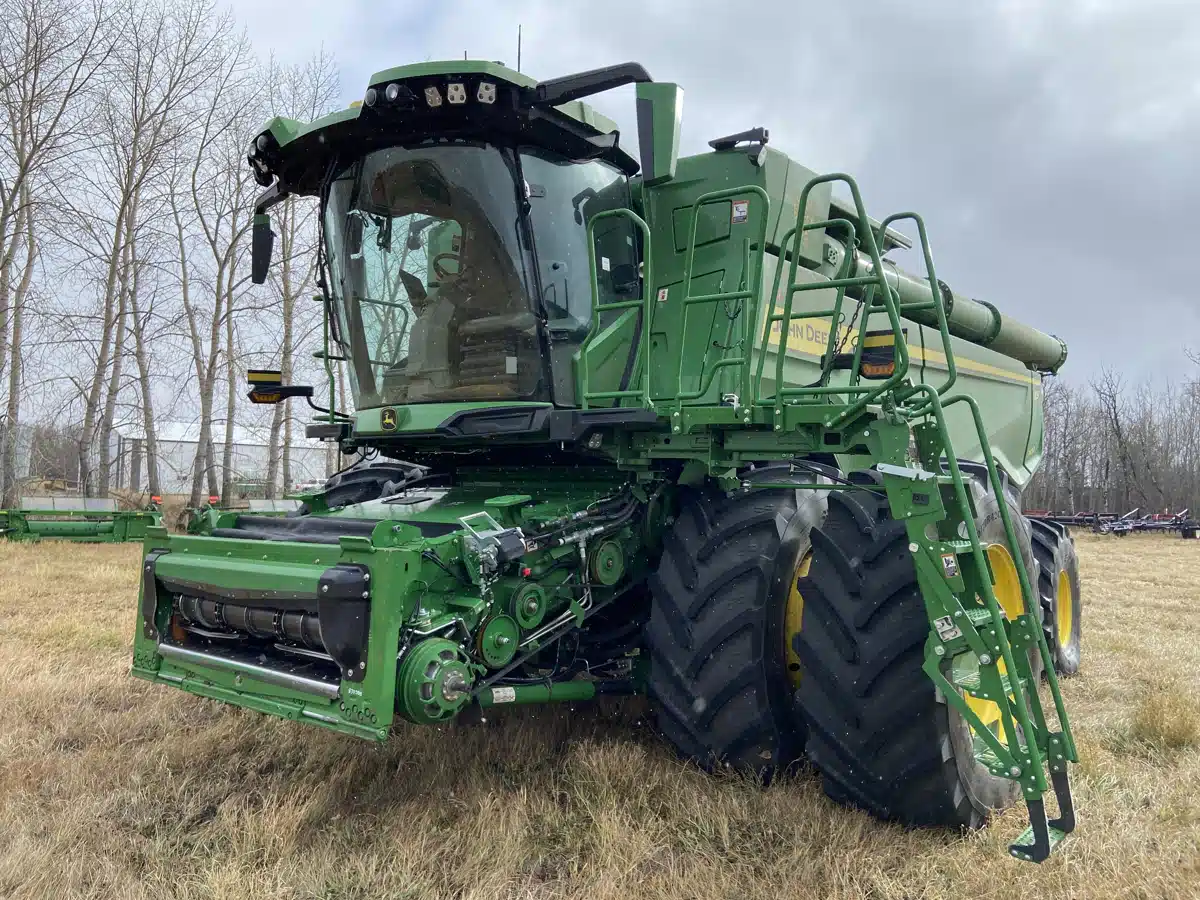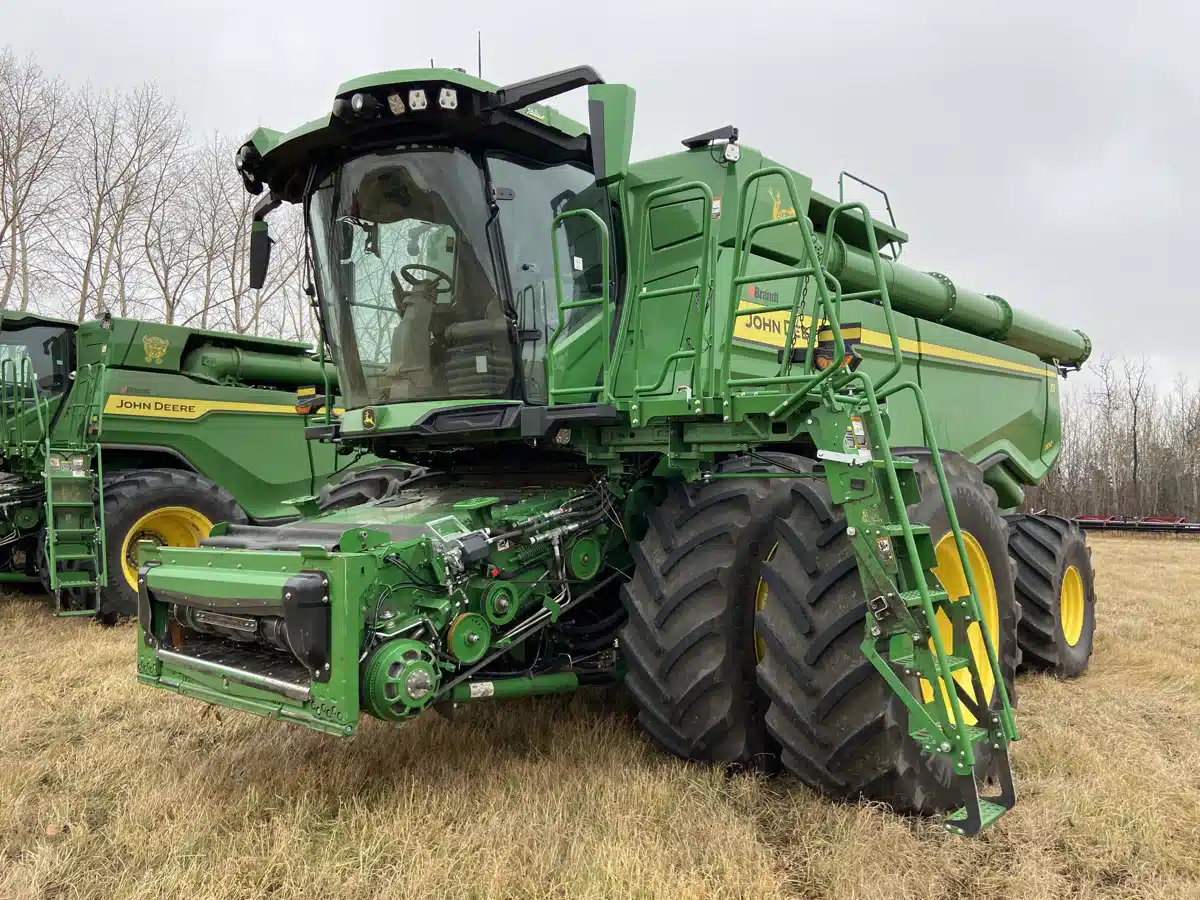John Deere continues to evolve its combine lineup with three innovations it showed at the Agritechnica machinery show in Germany.
John Deere has done its part in launching big new combines in recent years with its X9 series, but has also launched new combine innovations.
It displayed three new technologies that either are, or will be, available on some of its combines.
Read Also
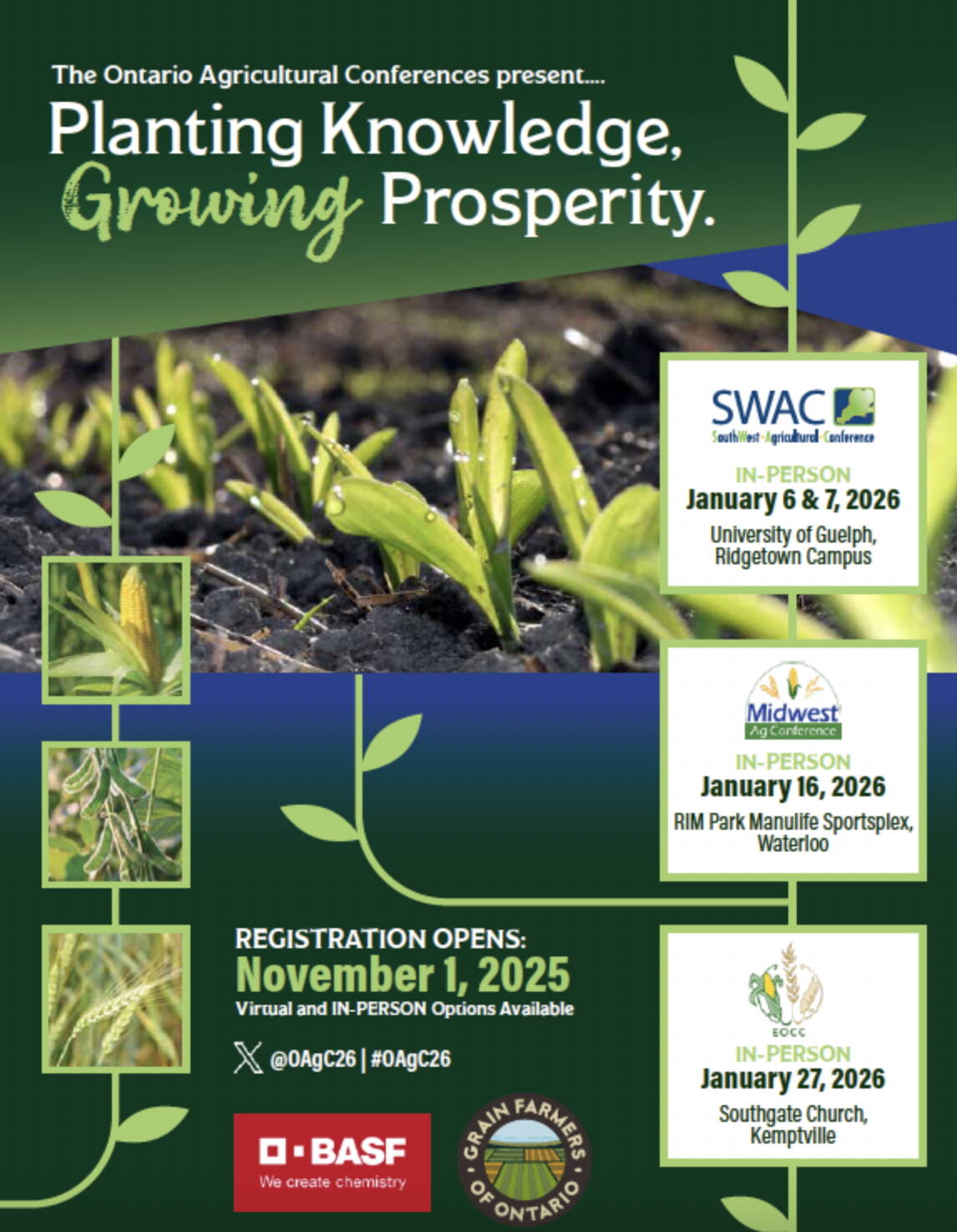
Ontario Agricultural Conference increases accessibility
The Ontario Agricultural Conference 2026 offers in-person and online access to expert insights, hands-on learning, and networking opportunities.
Slope-style combining
Harvesting grain, especially small grains, on slopes is a challenge for grain cleaning because material floats in the down-slope direction.
John Deere has its Hillmaster line for significant slopes, but its reach is limited, especially because Hillmaster combines can’t be fitted with tracks.
As a result, the company has developed Active Slope Adjustment, which uses belts to adjust the cleaning shoe, keeping it level for better grain separation and more even chaff spread.
“When we’re on side slopes, we need a system that’s able to level the material on the shoe,” says Jonathan Edwards, a product manager for combines in Europe for John Deere, during an interview at Agritechnica.
The tilt angle is determined by the drain compensation module on the Starfire 7500 receiver.
“By leveling, it’s also preparing the material to the residue system evenly, which will make residue management much, much better,” says Edwards.
In testing during this year’s harvest, the company found that at a six per cent slope, there was an improvement to the performance of the shoe at 107 per cent, with a 0.5 per cent loss.
“In other words, we’re doubling the performance of the shoe.”
The tilt system was fit on a standard shoe, so capacity was not affected. In the future, that means a combine can be retrofitted with the active belt system at a dealership.
The company will have more Active Slope Adjustment systems in combines for testing in 2024, with a limited product launch likely in 2025.
Keeping small seeds on the draper belt
A unique new draper head belt design from John Deere keeps more small-seeded crops like canola and mustard on the header and into the combine.
Edwards says Grain Saver Belts can reduce canola cutter bar loss by up to 25 per cent. The pattern on the belts keeps canola seeds from rolling back down to the cutter bar before they can be fed into the combine.
HarvestLab for grains
John Deere can now put its HarvestLab on combines to measure grain moisture, protein, starch or oil content.
The technology was first used on forage harvesters to measure the quality of hay and corn silage, and then on manure spreaders to measure constituents in manure.
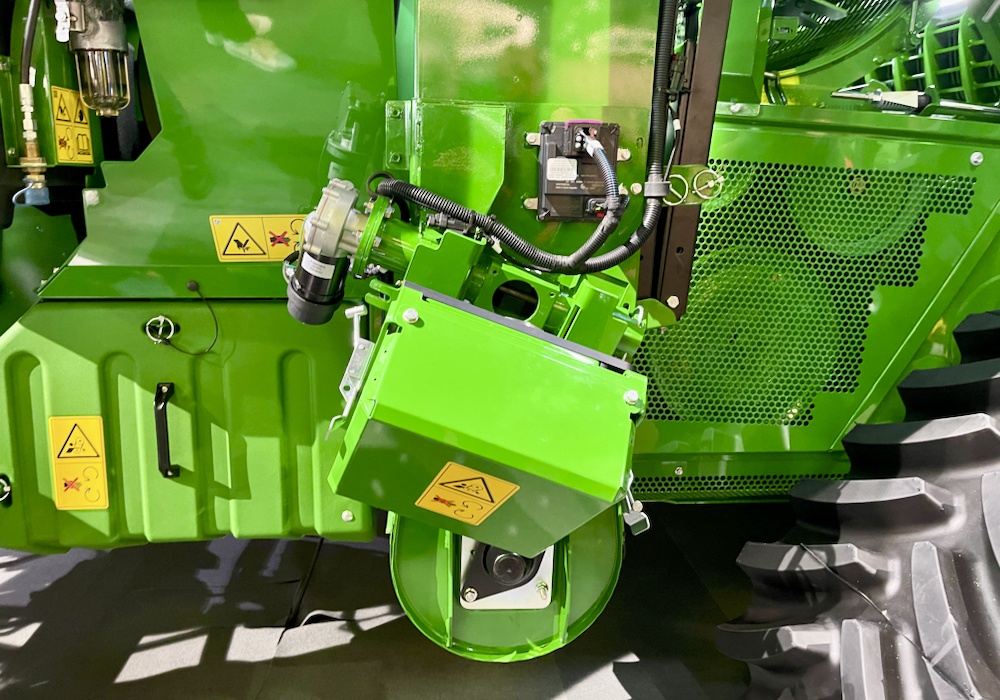
Now farmers can have on-the-go sensor evaluation of grains. This will especially help those looking to segregate grains based on quality parameters.
The sensor is fitted on a clean grain elevator and grain flows out of the auger and through the sensor system to ensure there’s a consistent flow. The sensor reads 4,000 samples per second.
“What it enables the customer to do, so if we use wheat as an example, they gain accurate real-time data of the protein of what they’re harvesting,” says Edwards.
That enables farmers to build yield maps with more data so they can adjust nitrogen applications to manage protein levels more accurately in a field.
Protein levels can be averaged by the combine’s bin, so that grains can be segregated or blended more easily to achieve higher overall protein levels.
Some farmers have told Edwards they already sample bins and trailers for protein levels.
“That’s fine, but you don’t know where it’s coming from on the field,” he says.
Being able to measure oil levels in crops like canola is also valuable, especially in understanding management zones in fields and which production practices work best.
The systems are portable so they can be moved from forage harvesters to manure spreaders to combines.
HarvestLab is now available on T and S series combines. Development continues for HarvestLab on the X series combines.




